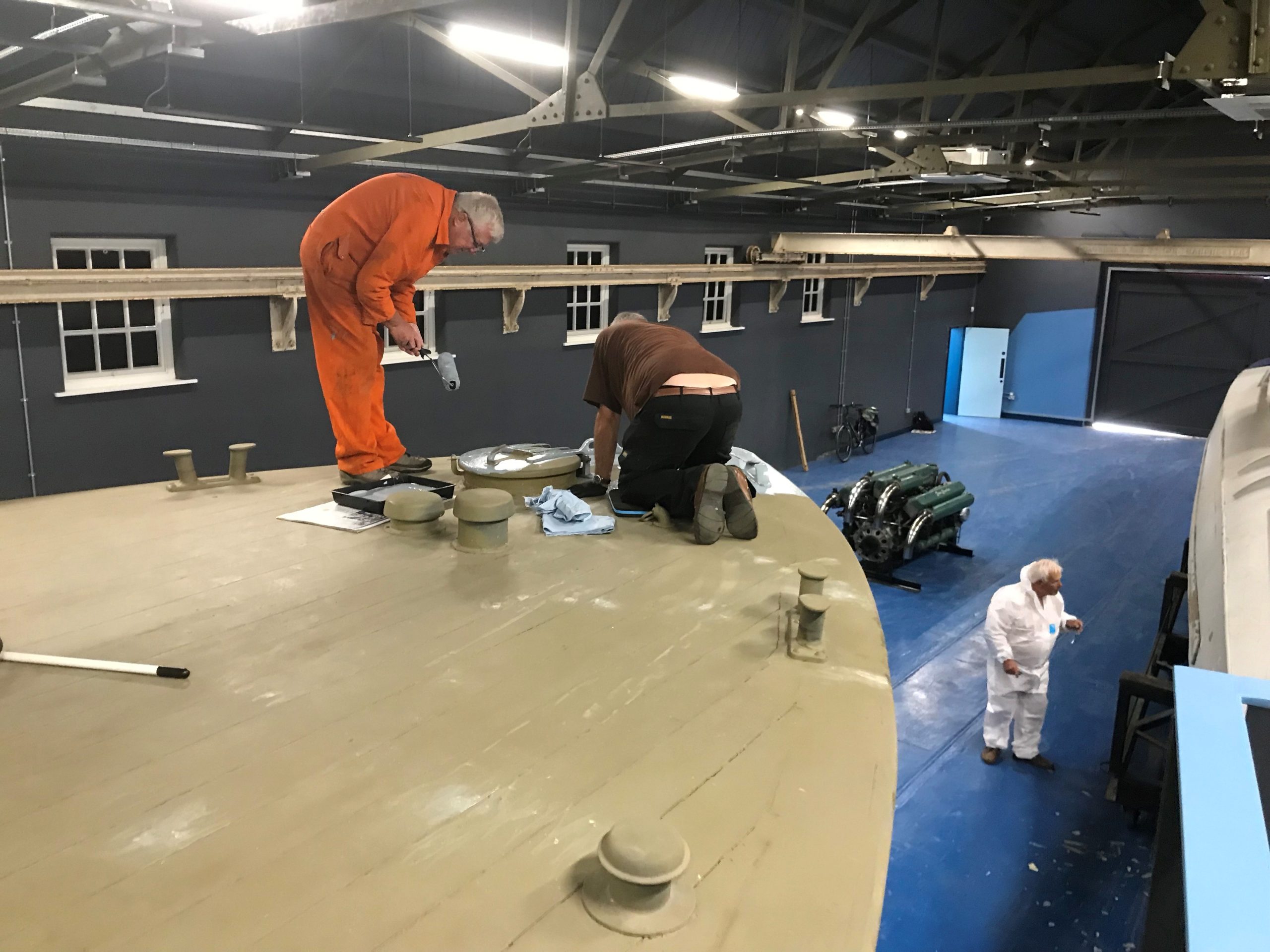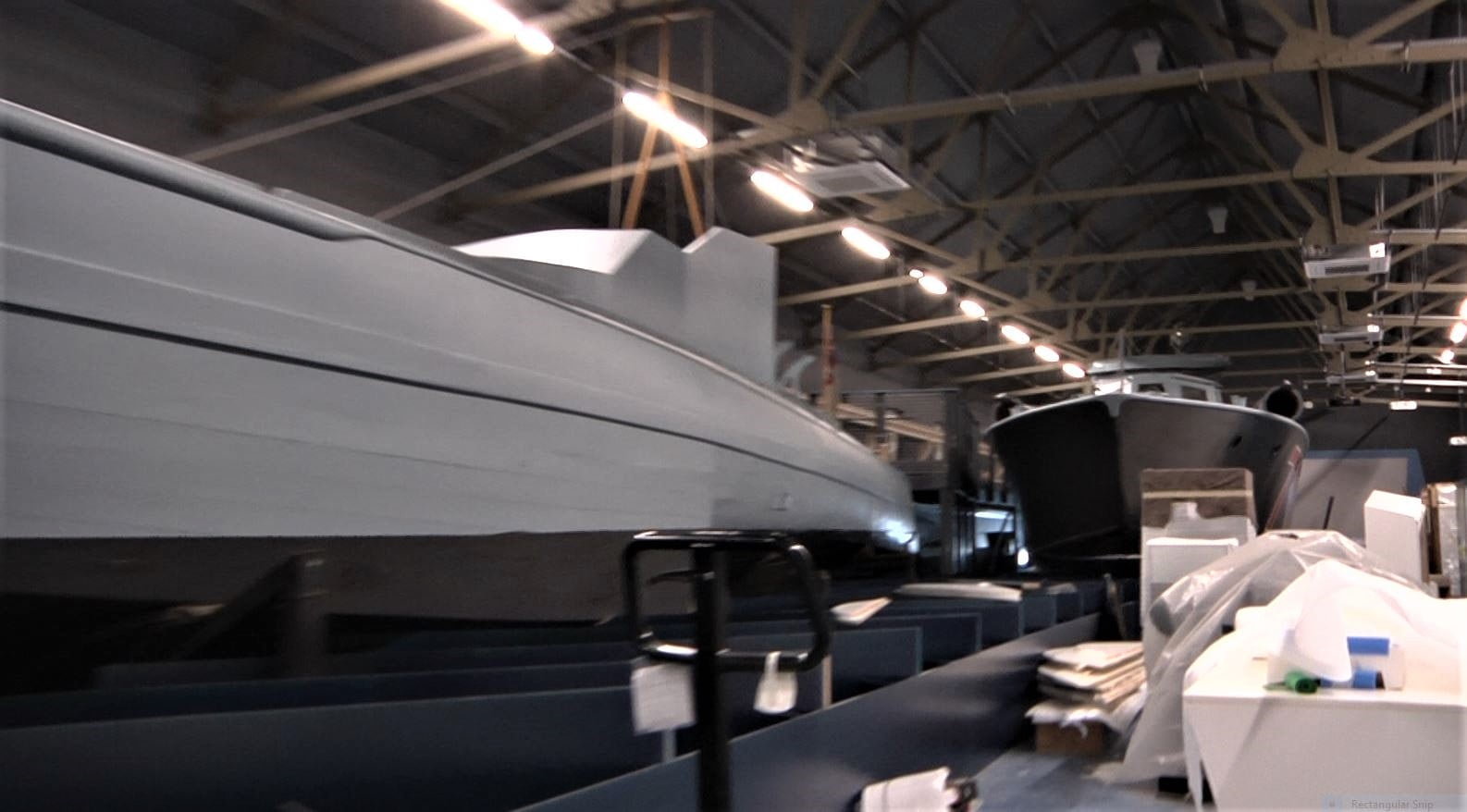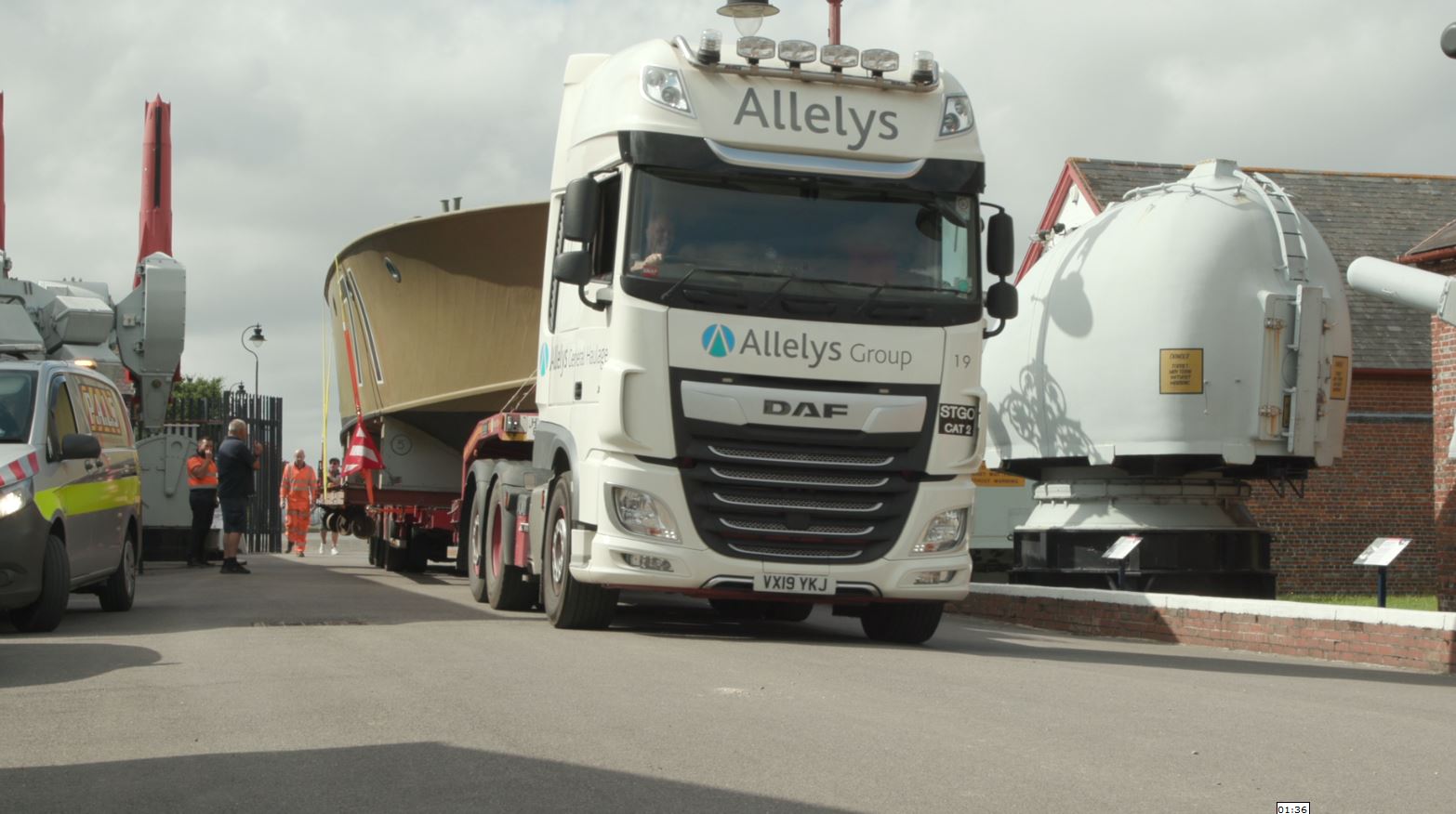George Chandler (picture) was a gunner aboard MTB 710 when she was mined and sank, tragically taking many of his shipmates with her. His memories of his time in Coastal Forces in WWII, though, are undimmed, as is his remembrance of that service – especially with Yugoslav forces on the island of Vis, close to Croatia. There, a British cemetery is to be found – for those who fell in the fight against Nazism, including young RN personnel. As we filmed the Coastal Forces Museum, George honoured their memory with his own pitch-perfect rendering of Masefield’s moving verse, inscribed at the cemetery:
“Here dead we lie we, because we did not choose
To live and shame the country from whose bourn we sprung.
Life, to be sure, is nothing much to lose;
But young men think it is. And we were young.”






